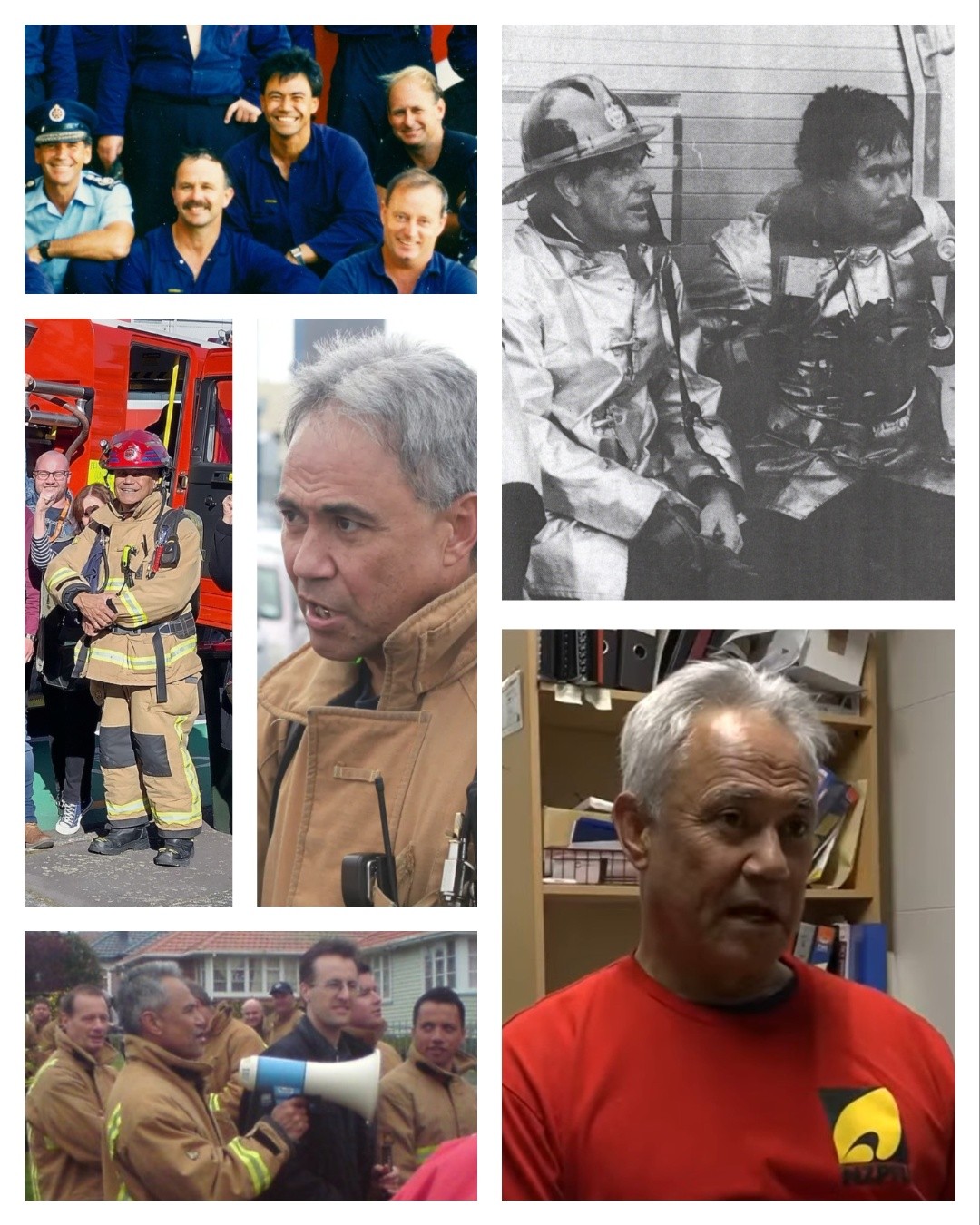Members are reminded that recent changes to Area 4 Pre-determined Attendances have removed aerial appliances from ALL first alarm STRU’s. This means that
an aerial must be specifically called for on top of any first alarm attendance.
Officers are strongly encouraged to call for an aerial appliance if they are responded to a building, that in their opinion the quick response of an aerial
appliance could be an advantage for any reason, and especially on any report of fire, smoke, or smell of smoke of any kind.
In such case a priority message should be immediately transmitted requesting the attendance of an aerial appliance.
The Local notes that our nations second largest city, Wellington and Hutt CBD’s, still maintain National best practice of responding aerial appliances
to first alarm high rise buildings and low rise industrial areas deemed appropriate.
Wellington Area Management have deemed that the early response and arrival of aerial appliances are an essential tool for an Incident Controller’s decision
making options and allows safe and appropriate tactical decision making.
The risks and dangers of Aluminium Composite Panels, the major contributing factor to the Grenfell Tower tragedy, are still unknown. It is a fact that
many buildings throughout the Auckland Region have been clad in these modern materials. Auckland Council investigations of 300 buildings have found
these panels on 147 of them so far, and within these buildings are more than 5000 residential apartments and hundreds of commercial offices.
Whilst the inquest into the Grenfell Tower tragedy is still ongoing, initial evidence has provided some early learning opportunities for the London Fire
Brigade. The delay in the early arrival of aerial appliances meant that their tactical deployment options were limited and proved essentially useless
once they did arrive.
As such the London Fire Brigade immediately increased their response to high rise incidents by adding an additional pump and aerial to their first alarm
attendances.
Aerial Appliances are a valuable tool for Officers in Charge for multiple incidents ranging from High-Rise Fires, Commercial Buildings, Shopping Malls
and Large Domestic dwellings.
Not only do they provide an extended reach capability for access and fire attack, they can provide essential tasks such as alternative access points, emergency
egress for firefighters, observation and search and rescue.
As well as the traditional aerial role, the crews of these appliances can also be utilised for immediate tasking duties such as emergency B.A crews, Safety,
Lobby Control duties, and water supply.
All of these roles depend on a timely response to the fire-ground, as access can quickly become hindered by a late arrival due to appliance positioning,
hose deployment, traffic and crowd control limitations.
Once the Officer in Charge deems that the aerial appliance is not required, they can then release it from the incident ground.
The Auckland Local will be bringing this topic to the next Regional Engagement Meeting with management, on completion of the Local elections.
If anyone has any queries on the above points, please contact one of your Local Committee Members.


